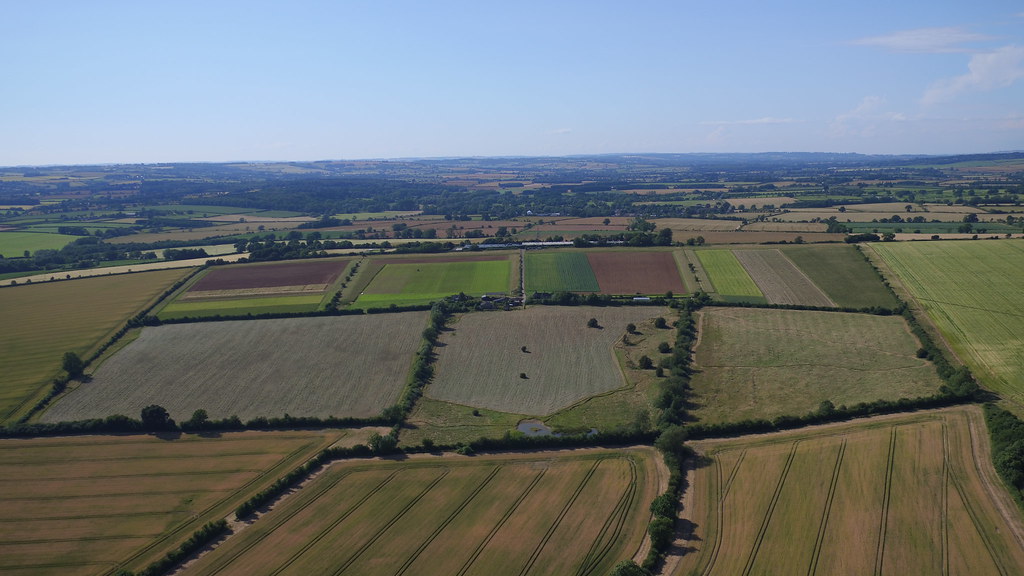May
Owls, ponds and cats:
The ‘barn owl men’ who visited us in May describe themselves as being like the famous trio from ‘Last of the Summer Wine,’ and so they are. They’re all retired now but Ian Anderson was involved with the Ministry of Agriculture, Farms and Fisheries and now all 3 devote hours to helping to protect barn owls. There are known to be barn owls in the local area so we’re going to put boxes up in our trees to encourage them to nest at Honeydale.
Pascale Nicolet is an expert in freshwater habitats and is advising on how we can create wet areas, scrapes and interlinked small ponds, to attract more wildlife.
We already have feral cats. Six of them. The local cat rescue centre has caught and neutered them so now they’ll live out their days at Honeydale, keeping the rats and mice down.
We already have feral cats. Six of them. The local cat rescue centre has caught and neutered them so now they’ll live out their days at Honeydale, keeping the rats and mice down.
Tree Planting
We’re working on plans for the autumn to plant native deciduous trees, shrubs and hedges over a seven acre area on the northern edge of the farm. We’re also talking to local architect Alex Corfield, a renowned planner in the Cotswolds. The buildings at Honeydale need replacing and our vision is to build an agricultural centre for sharing knowledge amongst farmers, land managers, the scientific community, college students, right through to school children. But we don’t want to rush into anything until we are absolutely clear about what will work best - as with the rest of the farm, our philosophy is plan before action.Over the coming months the sheep will leave, the barley will be combined in August and the straw baled. We don’t own a combine but Sam has maintained links with Swinbrook Estate who will come over and harvest our crops. We recognise as many small farmers do that a business like this cannot exist in isolation but needs to be part of a mutually supportive network.
Ian Wilkinson
.png)



















0 comments: